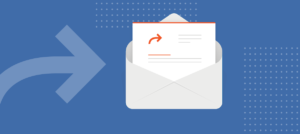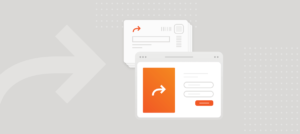A Look at Some of Our Favorite Customer-Focused Campaigns
Although we could write several blogs about all the great marketing campaigns that inspire and motivate us to be the best marketers possible and make the most effective material – in this blog, we’re looking at a few that we really admire because of how relatable and real they are. We’ll be breaking them down, thinking through what made them so successful, and in turn – helping you brainstorm your next campaign. Follow along as we dive into these customer-centric campaign leaders.
Apple’s #ShotoniPhone Campaign
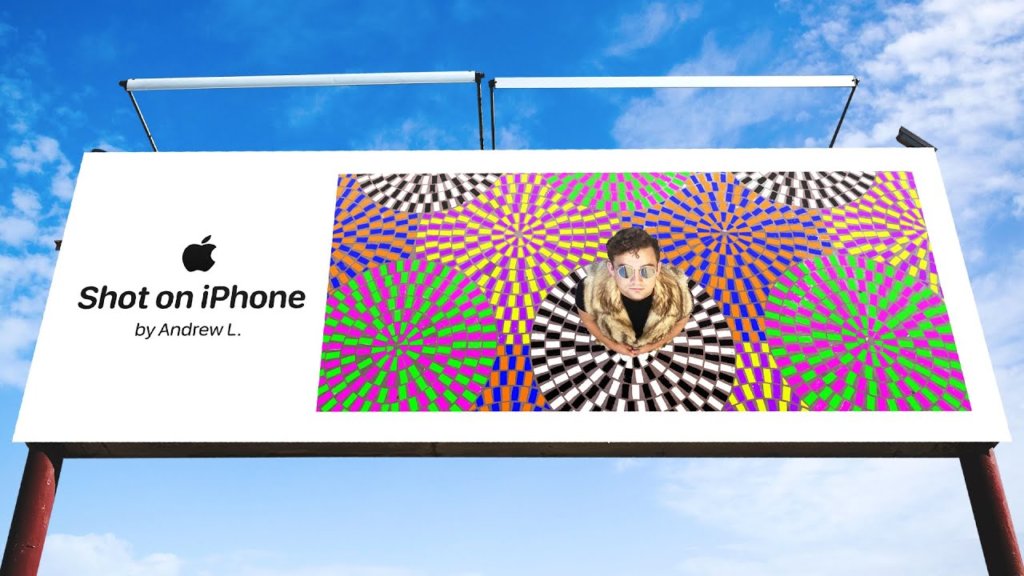
No matter where you’re located – you’ve likely seen this one around town. On billboards, buses, signs, or online. iPhone and Apple’s popularity is pretty known, but what we didn’t know when the iPhone first became popular was that it would eventually completely replace the digital camera. And that’s what this campaign shows; that you can take photos with your iPhone that are as beautiful as a camera that would cost you thousands. That’s great and all, but that alone would not convince people of today. So, why’s this campaign so successful? It gets real people involved. It’s relatable. The photos are not only from real Apple customers – but include their names. If someone wanted to, they could look up the name of the person in the bottom corner associated with taking the photo and learn more about who that person is. The best part? Not all of these people are photographers, showing that anyone could use the iPhone to take great photos. This tactic is pretty genius and builds trust – as no one would really care if it was simply a generic photo that easily could have been taken on a Canon. “According to various studies, over half (51%) of Americans trust user-generated content more than other information on a company website and claim that it influences what they buy and where they buy it from.”
Coors Light’s #CouldUseABeer Campaign
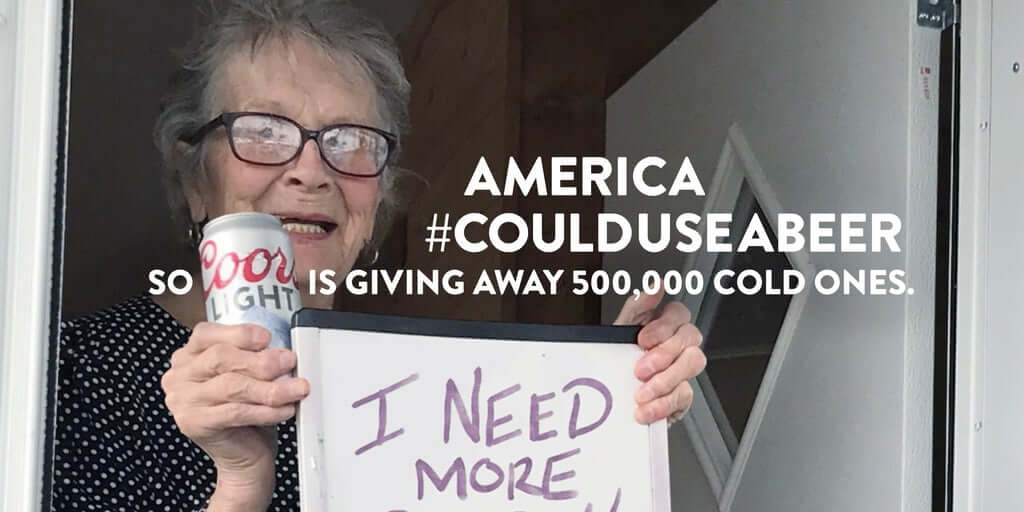
Another campaign that spoke to the general public and got them involved during a difficult time? Coors Light’s #CouldUseABeer. After a photo of a quarantined, 93-year-old woman asking for a beer went viral, Coors Light engaged with its audience by offering free six packs to anyone who was tweeted about (who – you guessed it, could use a beer). This tactic of giving away free items may seem pretty crazy, but it can go a long way. Although Coors Light gave away over 500,000 beers, their name was tweeted about again and again, which led them to trend, and boosted their reputation in a time of need.
American Apparel’s Direct Email Marketing
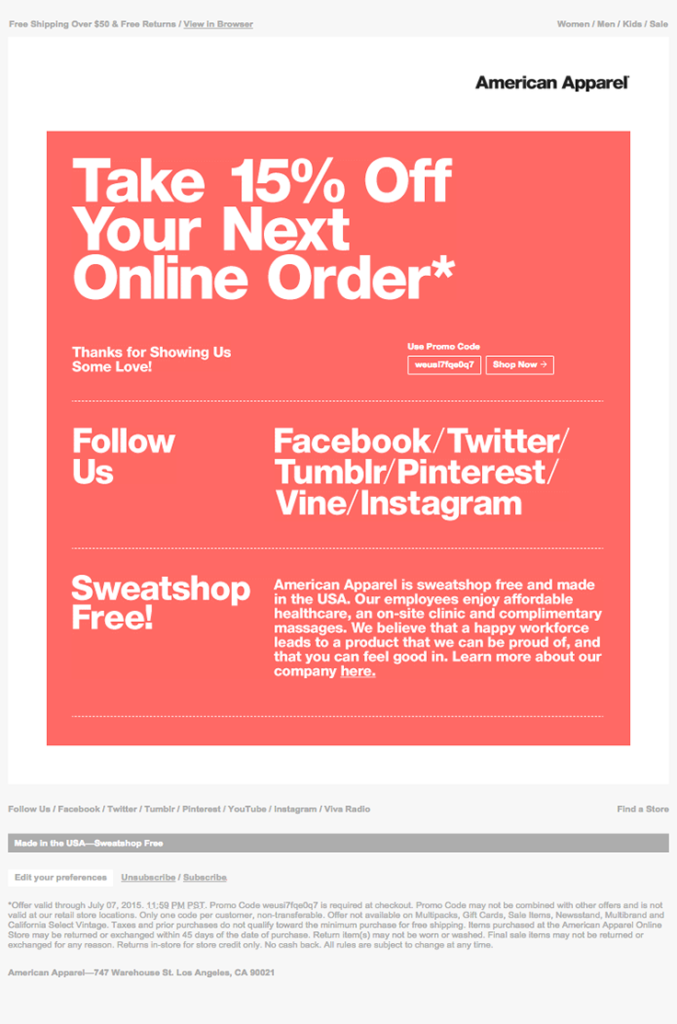
Known for being trendy and modern, American Apparel is no stranger to effective, up-to-date, customer-centric marketing. We’re specifically impressed with their to-the-point email marketing. No frills, no fluff – just what the customer wants (sales, discounts, and freebies). American Apparel always ensures that there’s no guesswork for their customers. Simple and sleek, their emails are call-to-action forward without being in-your-face.
Mercedes’ “Like You” Campaign

How do you relate a high-end brand to a broader audience of customers? Relate it to them, literally. Mercedes’ “Like You” campaign did just that. Called to several different types of audiences with phrases like, “Detail-obsessed, like you”, “Groundbreaking, like you”, “Original, like you” and “Curious, like you”. And not only was this phrasing compelling, but consistent. For the span of the campaign, potential customers could find the phrasing on billboards, signs, online ads, and on tv. The consistency was key, in that potential customers began to associate themselves with the brand and possibly even buy a Mercedes.
Airbnb’s Use of User Generated Content

Similar to Apple’s tactic, Airbnb uses the photos, videos, and feedback of its customers in its campaigns to promote beautifully classic or uniquely interesting places to stay. “Millennials spend 30% of their media time (5 hours/day) engaged with user-generated content (UGC). Coincidently, this is the same generation that drives Airbnb’s success in the sharing economy.” Airbnb keeps things personal and personalized by including its audience, which facilitates a happy and loyal community of customers.
Coca Cola’s Share a Coke Multichannel Campaign
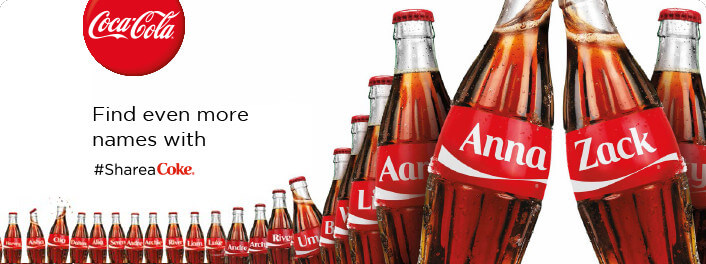
We all know this one. There’s nothing more personal than having your own name on a Coke bottle – which is exactly what Coca Cola did for its ongoing “Share a Coke” campaign. Whether you customize your bottle or simply find your name in store, you’re likely to share it with the world through text, email, on social, you name it (no pun intended)! And its rollout in 2011 sure worked in building brand awareness, boosting sales, and creating positive brand recognition, as “Young adult consumption increased significantly during the campaign, up by 7%, making 2011 the most successful summer ever. The campaign earned a total of 18,300,000-plus media impressions.”
Spotify’s #2020Wrapped Campaign
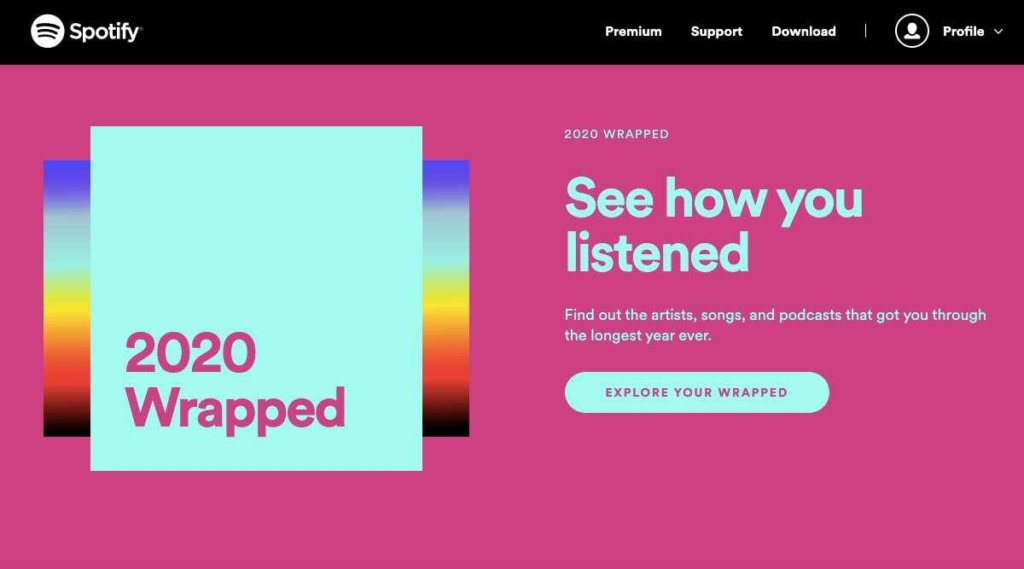
If you have any form of social media, you’ll likely remember this campaign flooding your feed, and maybe you even took part in it. At the end of 2020, Spotify allowed its customers to see their year of music with “2020 Wrapped”, which compiled their listening into a lovely array of photos and stats. Viewers loved seeing their personal data compiled into a nicely packaged marketing piece – and loved sharing their interests with others. Smart on Spotify’s end, because it not only gave them free marketing, but boosted their recognition.
So, What Have We Learned?
If you haven’t noticed, most of these campaigns share one key factor; relatability. How can you use relatability to create effective campaigns, too? Know your audience. Before even starting to brainstorm a campaign, make sure you’re fully aware of who, where, and when you’re targeting. And when you do start your campaign based off your findings, use that data and understanding to carefully craft consistent messaging that includes clear call-to-actions and personalized, catered content. Use hashtags, giveaways, QR codes, PURLs, BRCs, and more to engage with your audience and include them in your campaign. And, when and if appropriate, sprinkle in some humor.
Interested in making an impactful, relatable campaign that can help boost your company’s marketing efforts? Not sure exactly where to start? Look no further. Strata’s here to help. Contact us today to get the brainstorming started.
Make a Mint off of Print
In last week’s blog, part 1 of the Power of Print series, we discussed how powerful print marketing really is, and how beneficial it can be as a central branding and promotional tool. This week, we have for you, part 2 of the series. Now that you’re convinced of its importance and relevance, we’re giving you key tips and tricks your business can use to enhance the power of your print marketing.
We know you’re busy, and you likely want to save all the time you have for productive business efforts and possibly some great marketing, so, we’re making this a quick and easy read. Like we said, we have more than a few (8, to be exact) top practices to create effective print marketing materials…
8 Ways to Improve the Power of Your Print
Know Your Audience
Any print material you distribute should be at least somewhat personalized and developed with your key audience in mind. Make sure your messaging and visuals speak to the people you’d like to reach above all else. Before even creating your print marketing materials, take time to research and understand your audience, looking into not just their wants and needs, but also their pain points and expectations.
Don’t Push Design Aside
You may think design can come as an afterthought – the last piece of pulling it all together and getting your marketing printed, but the total opposite should take place. Think through your visuals just as you would your content and call outs. Use them to connect with your audience and grab their attention. And, don’t skimp. Print’s already very cost effective, so spending that extra bit on design, paper, and colors is worth it, and could be the reason your audience starts to love your brand or continues to be loyal.
Have a Clear Message
When you’re dealing with print, there’s usually a limited amount of space available, at least compared to digital. There’s not as much room to “say it”, so your forced to “say it right” (which can be a great thing when determining necessary messaging to entice customers with fleeting attention spans). Make sure your message, especially your call to action (what you want the customer to do or know) is loud and clear – not hard to find. Don’t clump all of your products into one postcard. Instead, feature a few products, or better yet, use data to personalize the material and feature that specific customer’s favorite merchandise.
Make it Relevant
We’d like to reiterate – because of just how important it is – to always research, understand, and consider your target demographic before creating print materials. Why would your product or service interest them? Why would they need it? How could your material catch their eye? Personalizing this content will make it much more memorable and impactful. In fact, in a study conducted in 2019, 72% of consumers claimed they only engaged with marketing messages that were customized to their specific interests.
Engage the Senses
When it comes to creating print marketing, don’t just think about what the eyes can see. Print marketing is very much a multi-sensory experience. Consider textures, sounds, and scents (yes, scents!) that evoke feelings within your customer – whether those feelings are excitement, envy, importance, or nostalgia. Incorporating a three-dimensional effect, such as a texture, embossing, or thicker areas of material, can help your print marketing stand out among the rest.
Use a Call to Action (CTA)
Like we said before, you want your call to action to be loud and clear. You don’t want your potential customer setting down your print material without clarity on what you’d like them to do. Make sure to include your address, phone number, and any other applicable contact information like an email address or social account(s). Consider including a coupon for them to use or a sign up for a rewards program, subscription, or membership.
Combine it with Digital
Gain trust and credibility by incorporating digital touches within your print marketing, like QR codes, PURLs, social accounts, and other web references. The best part? Doing so will make campaign attribution a breeze, and will make it easier for you to follow up with interested customers.
Pick the Perfect Printer
The last step of any print marketing process is finding the right printing company to work or partner with – that has affordable yet reasonable rates – and quality print products. Seek out a company that will not only print your materials, but will care about your bottom line and success (almost) as much as you do. They’ll likely offer a variety of printing options, and will have a creative vision for your campaign and/or overall marketing.
Not to toot our own horn (okay, maybe a little), but at Strata, we’re print experts and it’s in our DNA. We’re prepared to work with you whenever you’re ready to brainstorm your next print marketing project. Just contact us when you’re prepared to make smart happen.



